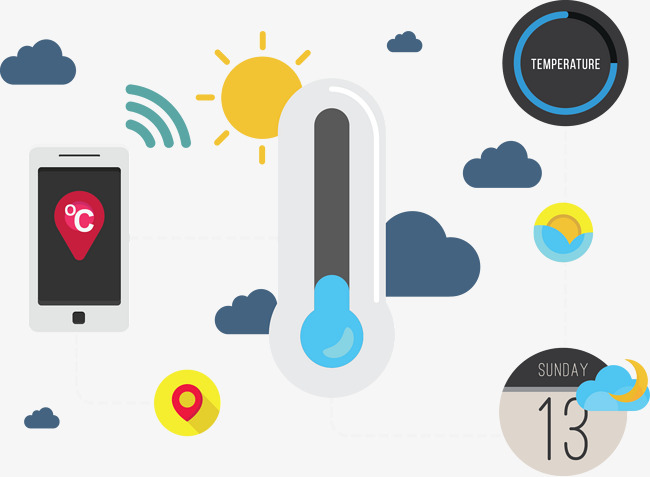Having weather information is very important for decision-making in agriculture today, in order to guide production processes.
These data can be extracted by means of meteorological stations, which allow daily measurement and recording of meteorological variables quickly, accurately and in real time. With this type of tools, it is possible to monitor the variation of temperature, air, solar radiation, direction and speed of the wind, rain, relative humidity, soil temperature, atmospheric pressure, among others.
How is the data obtained processed and what is its purpose?
In general, the stations are powered by a solar panel and have an internal battery, the information is transmitted in real time through GSM / GPRS without the need for infrastructure in the installation site. The information from the stations is regularly uploaded to an internet platform that can be accessed at any time from anywhere and in real time, also having access to historical information. This information is used to carry out weather forecasts and climate studies adjusted to the phenological variables of the crops, in order to determine the land or aerial application of phytosanitary products.
Examples of possible uses of stations
- The air temperature is important to know to calculate the speed of development of crops or insects
- Relative humidity makes it possible to forecast frost, for example. And it is important for predicting crop diseases.
- Wind speed and direction are of the utmost importance due to the effect they have on soil erosion and damage to crops, as well as for better planning in the application of phytosanitary products.
- Rainfall: Can be used to project the effect on crop production, forecast potential disease and physical damage to crops.

